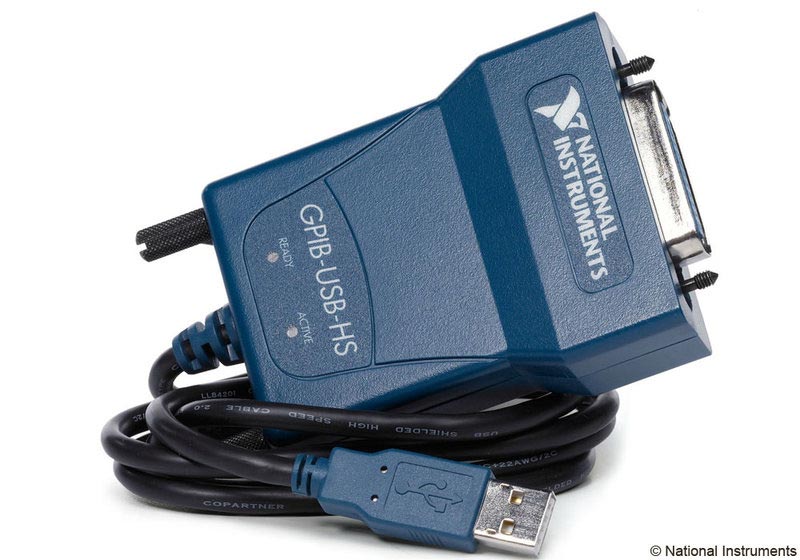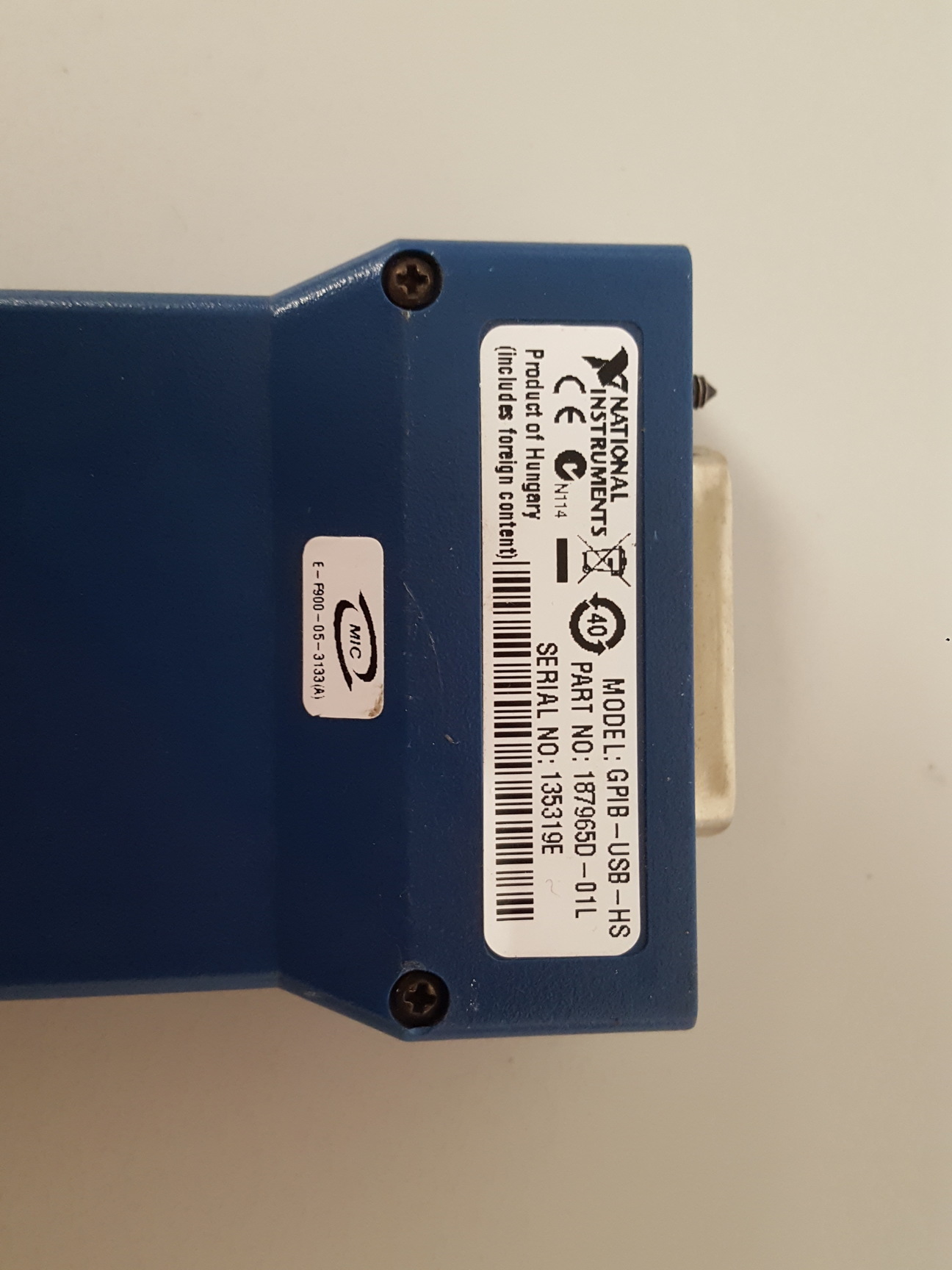




The Perl (R) interpreter version 5.8.8 or later. Only tested with CentOS-6 and later, but will likely work on other Linux type system as well. Note however, that this mode of operation requires the serial-socket-server-9.0.pl program supplied by RFCcontrol or Elchemea Data Aquisition in order to function properly!īelow is a list of requirements (for all three versions)Ī Linux type operating system. In this case no GPIB-card or driver is nescesarry as that server maps gpib comands to serial interfaces. The other version is to be used in combination with the linux_gpib open source GPIB driver distrbuted by .Ī third option is to use serial communication and use the gpib_serial_emulator_server. The GPIB server handles request through a tcp-IP socket interface making communication between applications and hardware simple.īoth are implemented in C and one is to be used if the GPIB driver supplied by National Instruments is to be used. And what do you guess - NI MAX found the GPIB-USB-B and the attached Instrument identified correctly.The GPIB server supplied by DTU Energy is intended to handle all communications between user applications and actual GPIB intraface cards and connected devices. Then I opened Devicemanager and updated the driver from that temporary directory manually. Just found out that you can extract the actual and signed driver from NI4882_1760f0\Products\NI-488.2_Runtime\ni488r64.cab\ to a temporary folder where I renamed the files manually as follows. Well I didn't know how so i did the following. Maybe there is an official standard way to do this. So I had to find a way to get them both running in the latest environment as I had no option to uninstall v20.0. But one device was not supportet in v17.6 yet the other is the GPIB-USB-B. I have two devices to be operated simultaneously.


 0 kommentar(er)
0 kommentar(er)
